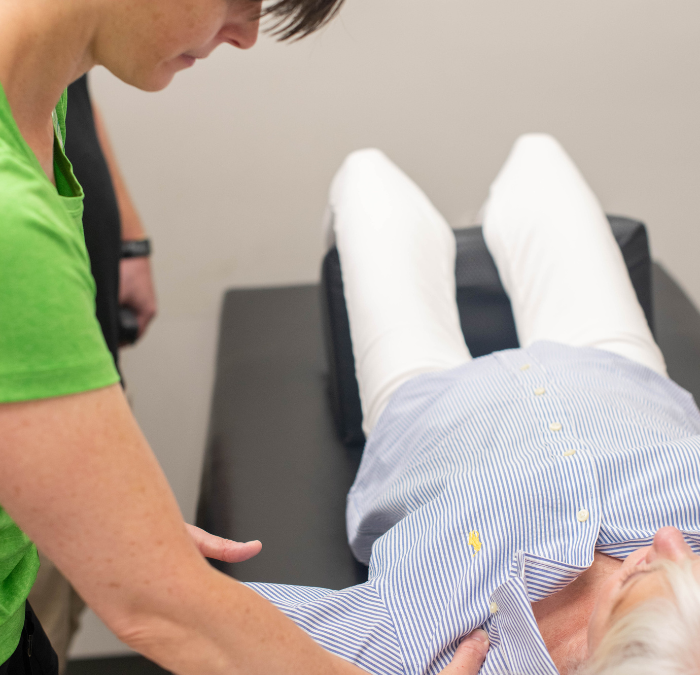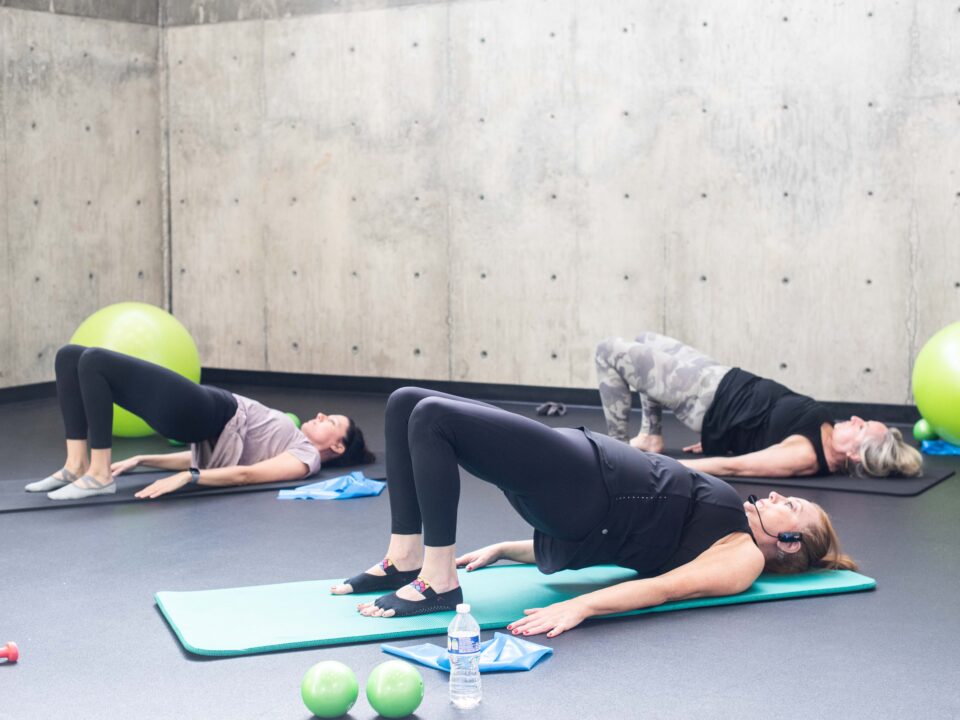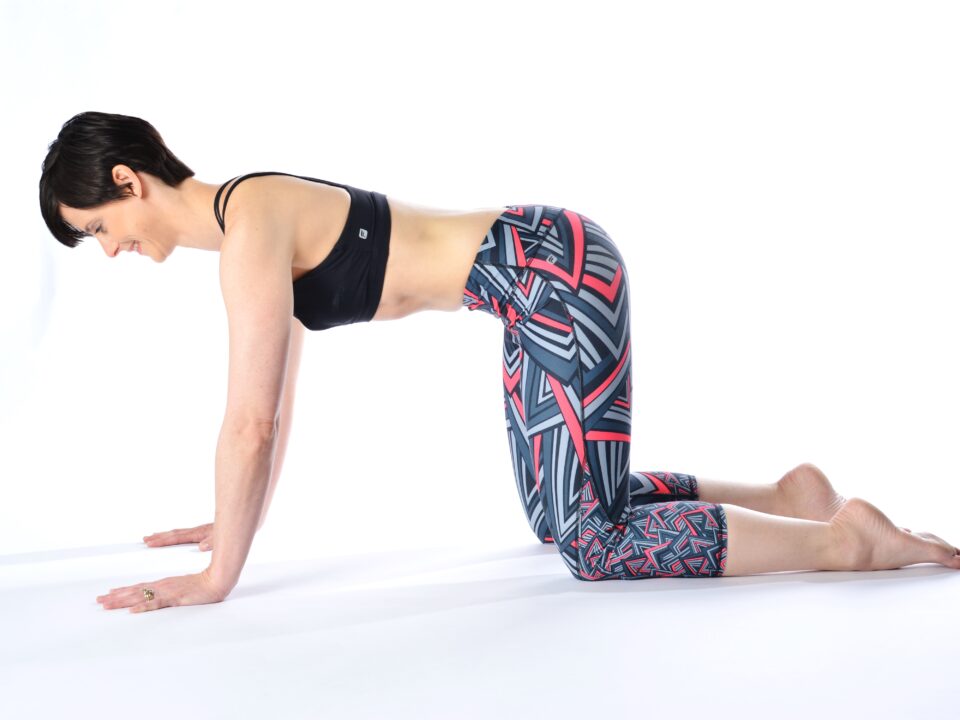- Mon - Fri
7.30 AM – 5.30 PM
Other hours upon request - 770-487-1931
Managing Pain Through Physical Therapy

Pain comes in many forms and from many sources.
It is not always due to a sports injury, an auto accident or some other trauma. Many of us of a certain age have felt the frustration of simply bending over to tie our shoes only to feel that dreaded twinge in the back. Maybe you woke up one recent morning wondering in what odd position you must have slept to cause the ache in your shoulder.
Whatever the reason for the pain, sometimes it just will not go away. You try to compensate for it and, in some cases, you decide you just have to live with it as best you can.
That is not the answer. It will have a negative effect on the job and at home. It is no way to live.
Health professionals like those at ProHealth Physical Therapy and Pilates Studio in Peachtree City define chronic pain as something that lasts more than two months. That can seem like a short time to someone who is recovering from an injury, but this is a kind of pain that is not getting any better. If not treated, it can last many months or even years.
Managing Cronic Pain
There are some types of pain that will never go away completely. A person who has rheumatoid arthritis or the potential for joint flares might not have a realistic chance of ever being totally pain-free. The same goes for patients who have certain types of surgery and are told by the doctors that they have done all they can do. But with help from trained and knowledgeable physical therapists, the pain levels can be managed so that the regular activities of daily life can be handled with a minimal amount of extra effort and energy.
Assessing the Pain
A physical therapy assessment will include a look at how patients carry themselves. Posture, body mechanics and even breathing patterns can either help alleviate chronic pain or exacerbate it. Stress – physical, mental, and emotional – will have an impact on how well the body can function.
Movement and Positioning to Alleviate Pain
Pain can make a person reluctant to move, but the right kind of movement can often make that same person feel better almost immediately. Getting circulation and endorphins moving activate the body’s natural pain relievers. It’s all about figuring out what works best for your body.
If the problem is primarily a specific area, such as a disc, you have to learn how to position yourself so that the pressure in that spot is minimal. Once that is determined, a series of exercises can be prescribed to improve overall mobility.
Whatever the problem area, it is always best to know why the pain is there. The more information you have about what is happening in your body, the less fear you will have. If you hurt all the time but don’t know why, it can transcend the physical and lead to mental or psychological issues. Once the brain starts focusing solely on everything that hurts, it is hard to get it to stop.
On the flip side, it only takes a relatively small amount of positive movement experience to tell the brain, “Hey, I can do this.” Then you go a bit farther the next day, and so on. Eventually you look back and are in amazement at how far you have come.
Physical therapy is not the answer for everyone, but it can give many people the tools they need to improve their quality of life. Come in or call to schedule a physical therapy assessment to improve your pain at ProHealth Physical Therapy and Pilates Studio. It could be the first step on the road to a life with less pain. 770-487-1939.
,




